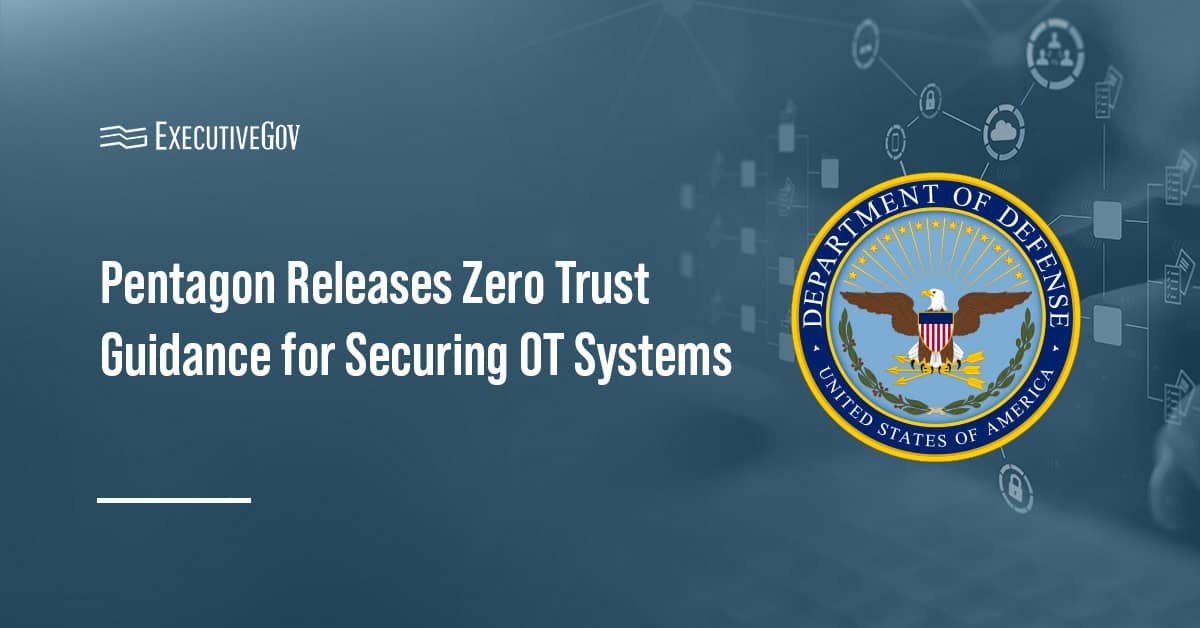 House members voted Thursday to pass the Financial Services and General Government Appropriations bill that would provide $21.7 billion to finance the operations of the Treasury Department, Judiciary, Small Business Administration and Securities and Exchange Commission for fiscal 2017.
House members voted Thursday to pass the Financial Services and General Government Appropriations bill that would provide $21.7 billion to finance the operations of the Treasury Department, Judiciary, Small Business Administration and Securities and Exchange Commission for fiscal 2017.The House Appropriations Committee said Thursday the funds are $1.5 billion less than the fiscal 2016 enacted level and $2.7 billion below President Barack Obama’s budget request.
The bill would cut the Internal Revenue Service‘s annual budget by $236 million as well as establish additional tax oversight and transparency requirements for the agency, the committee added.
According to the committee, the bill also would fund economic development, consumer and investor protection, federal court system performance and financial crime deterrence programs.





